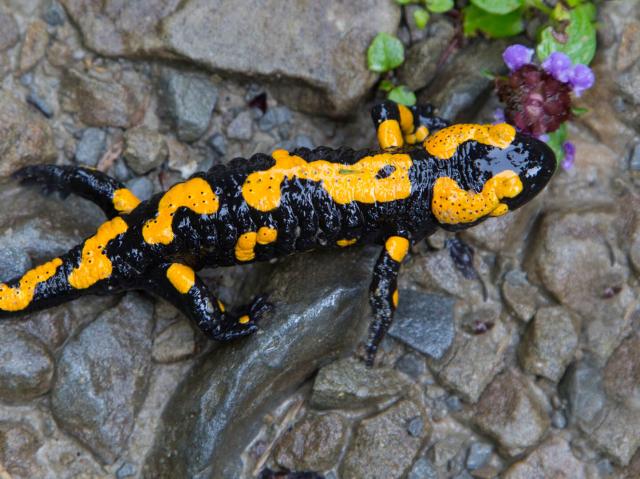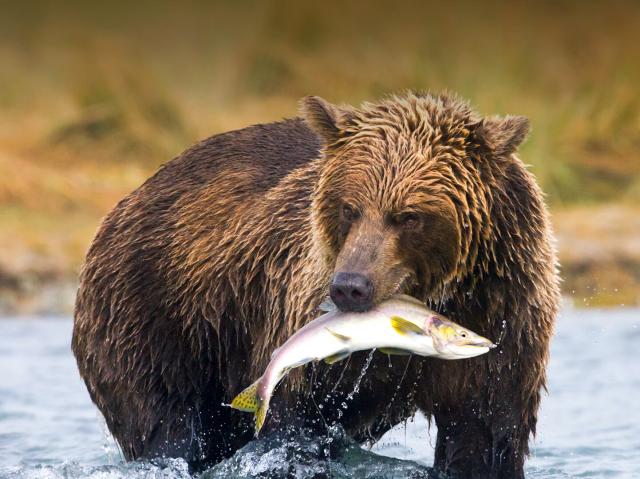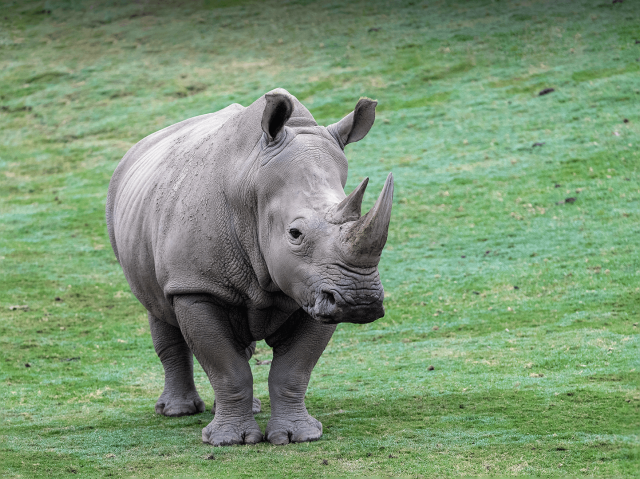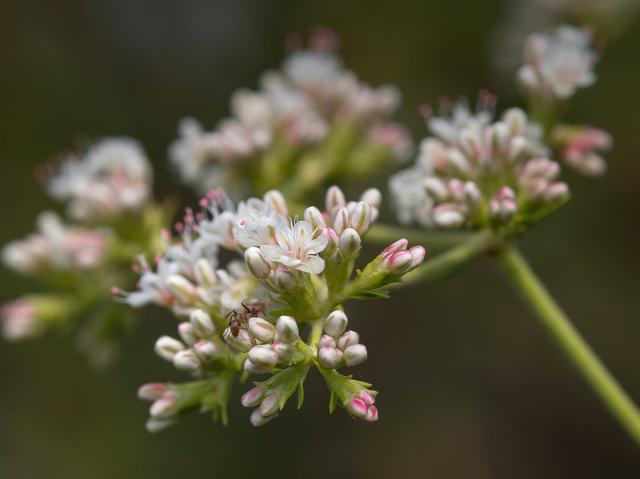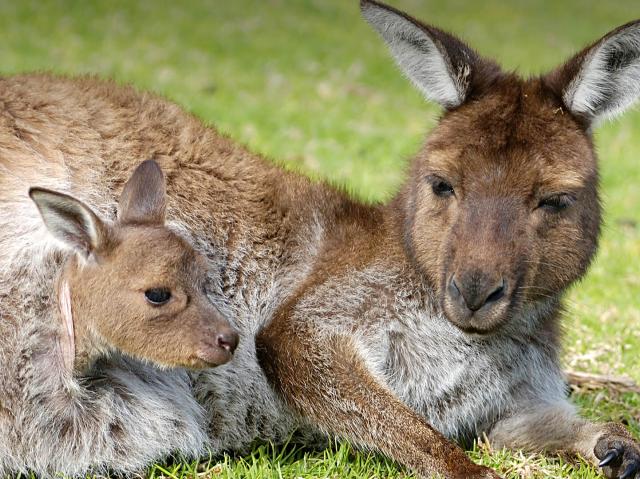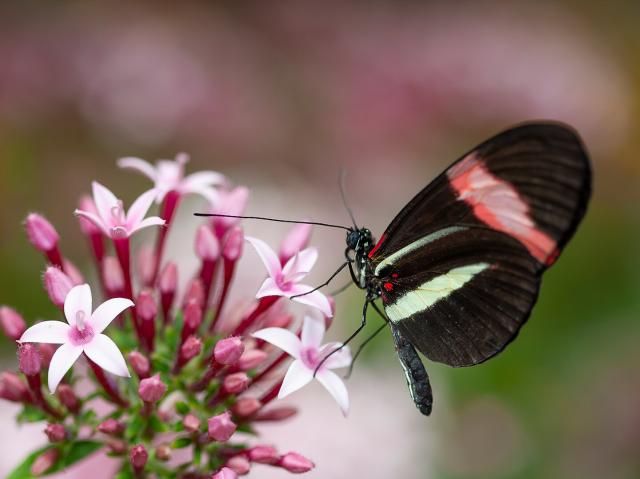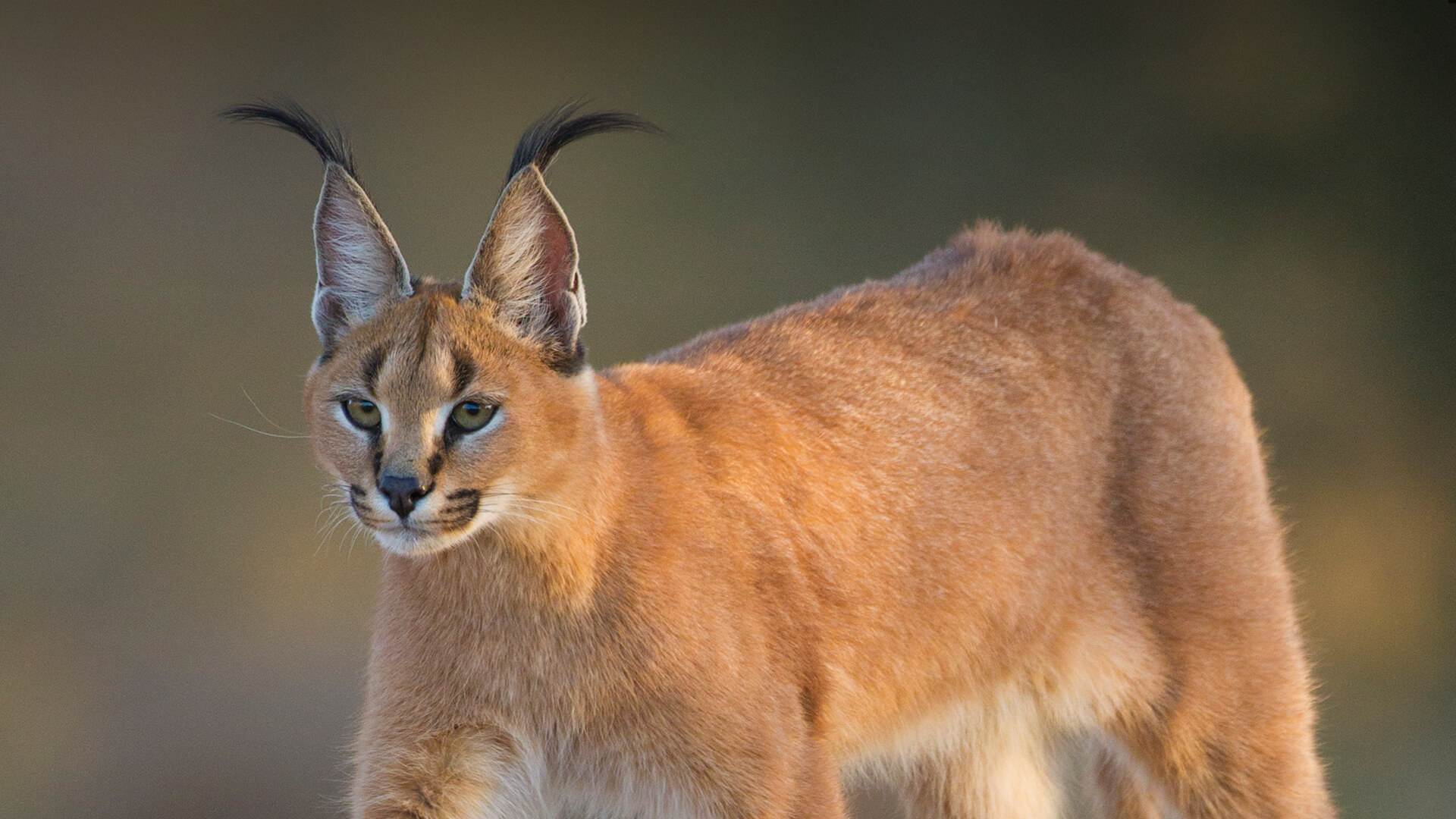
Caracal

- Class: Mammalia (Mammals)
- Order: Carnivora
- Family: Felidae
- Genus: Caracal
- Species: caracal

ABOUT
Pretty kitty. With their sleek, streamlined body, short, reddish gold coat, and dramatic markings on the face, caracals are among the most beautiful of cats. Also called the desert lynx, medium-sized caracals have no spots or stripes and have longer legs and a slimmer body than a true lynx. Caracals are the heaviest and also the fastest of the small cats and are the largest of the small cats in Africa.
Who ARE you? The caracal’s place in the cat family tree is somewhat muddled, but it is believed that it is closely related to the serval and golden cat. The caracal is found in habitats that are different from its feline cousins. Servals and caracals are similar in size, but servals hunt in wetter habitats, whereas caracals stick to the drier areas of Africa and the Middle East.
The most noticeable feature of a caracal is its long, black ear tufts, or tassels. There are many theories about the function of the ear tufts. The tufts may help keep flies out of the cat’s face or help to camouflage the caracal in tall grass by breaking up the outline of the cat’s head. However, the most widely accepted theory is that the cat twitches its ear tufts as a way to communicate with fellow caracals.
HABITAT AND DIET
The caracal ranges across Africa and the Middle East to India. It is keenly adapted to the potentially harsh environments of savanna, semi-desert, dry woodland, arid hilly steppe, and dry mountains.
Agile hunters. All cats must eat meat to survive. Caracals hunt at night but are not picky and eat any prey they can catch, sprinting after mongooses, rodents, hyraxes, dik diks, and monkeys. Occasionally, caracals kill mammals as large as an impala or young kudu and may attack domestic livestock. These agile cats have amazing jumping abilities, leaping up to 10 feet (3 meters) to swat a flying bird. They can even leap on a sitting ostrich!
Caracals keep their claws sharp to help them capture their prey. They sometimes climb trees and even stash their catch in the branches for a later meal. Because of their wide range, caracals may be the top predators in their area or there may be a larger carnivore (such as a lion or painted dog) to look out for.
Caracals at the San Diego Zoo and San Diego Zoo Safari Park eat a fortified meat-based commercial carnivore diet as their staple food. A fish and mouse are offered once a week.
FAMILY LIFE
Cat communication. Like the rest of the small cats, caracals may purr when content and make a variety of other mews, growls, and hisses to express their mood. Caracals are usually silent, but can cry out like a leopard, if needed. In addition, caracals make a “wah-wah” sound when they seem to be uneasy.
Scent is also used to get a message across, and caracals have scent glands between their toes and on their face. The cats can sharpen their claws on a tree and mark their territory visually and with scent at the same time! The scent may serve to keep other caracals away or to indicate a willingness to breed.
Growing up caracal. Caracals are generally solitary, patrolling and aggressively defending their territory. Most caracals come together only to mate, and the male does not stay to help raise the young. Caracal mothers make a den in an abandoned aardvark or porcupine burrow or a previously used den. The kittens are born tiny and helpless, with their eyes sealed shut. The eyes open in about 10 days, and the kittens start eating meat when they are 1 to 2 months old. By this time, they are able to scamper about and follow their mother to learn hunting skills and how to fend for themselves. Their permanent teeth appear at four to five months of age, but they do not strike out on their own until they are about one year old.
CONSERVATION
Despite their secretive habits, caracals have been a part of humans’ lives for hundreds of years. In India and Persia (now known as Iran), they were used to hunt birds for sport. Owners would have contests to see how many pigeons their cat could bring down in a single try, often reaching 10 or more! The saying “to put a cat among the pigeons” comes from this ancient practice.
In some areas these days, however, caracals are considered pests. During lean times, caracals hunt livestock as an easy source of food. For this reason, many ranchers shoot a caracal if they see one. However, caracals also keep down the numbers of small herbivores that compete with the livestock for grazing areas.
Unfortunately, most of the Asian caracal populations are dropping rapidly, and new ways need to be found for humans to live with this stealthy cat.
By supporting San Diego Zoo Wildlife Alliance, you are our ally in saving and protecting wildlife worldwide.
LIFE SPAN
Up to 17 years in expert care, about 12 years in the wilderness
YOUNG
Gestation: 68 to 81 days
Number of young: 1 to 6, average 2
Weight at birth: 7 to 9 ounces (198 to 250 grams)
SIZE
Length: 24 to 42 inches (61 to 106 centimeters)
Height at shoulder: About 18 inches (46 centimeters)
Tail: 8 to 13 inches (19.5 to 34 centimeters) long
Weight: Females are 13 to 35 pounds (6 to 16 kilograms); males are 18 to 44 pounds (8 to 20 kilograms)
FUN FACTS
Like all cats, each caracal’s whiskers are attached in a unique pattern, similar to a fingerprint.
Both caracals and cheetahs have been taught to stalk and capture prey for humans.
The word caracal is from a Turkish word that means “black-eared.”



